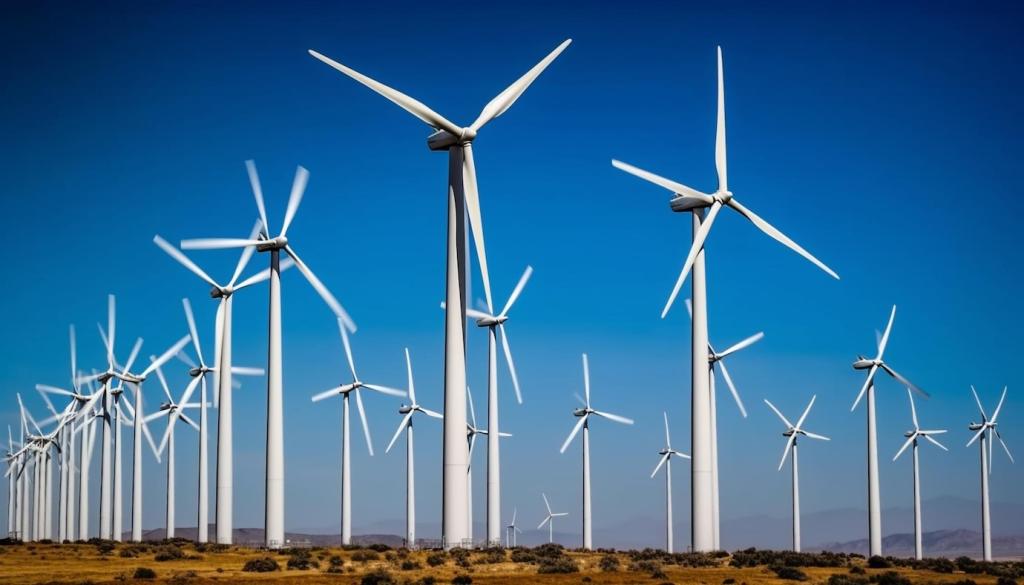Minimizing Carbon Footprint in Tool Production
Selected theme: Minimizing Carbon Footprint in Tool Production. Join a practical, optimistic journey to build stronger tools with lighter climate impact, guided by real stories, actionable methods, and a community of readers eager to share what works.
Measure First: Carbon Accounting for Toolmakers
Start with a simple cradle‑to‑gate life cycle assessment aligned to ISO 14067, mapping materials, energy, machining, heat treatment, coatings, and packaging. Even rough numbers reveal hotspots worth tackling immediately. Share your first findings and subscribe to compare benchmarks with peers tackling similar tools.

Recycled and Low‑Carbon Steel
Specify electric‑arc‑furnace steel with high recycled content and transparent EPDs. Many tool grades can meet requirements with EAF routes, especially when powered by renewables. One buyer shared how a contract switch cut per‑ton emissions dramatically while improving lead‑time stability. What recycled content can your spec tolerate today?
Aluminum, Alloys, and Coatings
When aluminum makes sense, seek smelters using hydropower or verified low‑carbon electricity. Optimize alloys to minimize over‑engineering. For coatings, prioritize durable finishes with lower curing energy and longer intervals between rework. Tell us which coating line changes delivered measurable carbon savings without sacrificing corrosion or wear resistance.
Bio‑based and Recycled Polymers for Handles
Consider recycled nylon, bio‑based PP, or rubber blends from post‑consumer streams for grips and housings. Validate ergonomics and durability with field trials to prevent premature replacement. If you’ve tested recycled fishing‑net nylon or biopolymer blends, share fatigue results and subscribe for a deep‑dive on material trade‑offs.
Design to Use Less, Last Longer
Use topology optimization, finite element analysis, and hollow sections to remove mass where stress is low. Pair design changes with near‑net‑shape forging to cut machining time and scrap. Readers often report double wins: smoother handling and lower energy per unit. What geometry did you trim last sprint?
Design to Use Less, Last Longer
Design assemblies so the failure‑prone component is easily replaced, not the entire tool. Standardize fasteners, avoid permanent bonds where possible, and publish repair guides. Each successful repair displaces manufacturing a new unit. Comment with your favorite repair‑friendly detail that customers actually notice and appreciate.


Smarter Processes and Energy
Electrify heat where possible with induction, upgrade motors and drives, and add heat recovery to ovens and washers. Match operations to on‑site solar or a renewable PPA to slash Scope 2. If you shifted a line to off‑peak renewable hours, tell us how scheduling affected throughput and morale.

Smarter Processes and Energy
Adopt precision forging, investment casting, or powder metallurgy to reduce machining and scrap. Close the loop on offcuts and turnings with in‑house segregation and quick returns. One plant saved double‑digit material by redesigning trim dies. What scrap stream could you cut by 10% this quarter?
Supply Chains and Logistics with Lower Emissions
Engage Suppliers with Science‑Based Targets
Invite mills, finishers, and packagers to set science‑based targets and share product‑level footprints. Use collaborative scorecards that reward progress, not perfection. Host quarterly learning calls. Comment with one supplier success story, and subscribe to receive a simple questionnaire you can send tomorrow.
Ship Smarter, Store Smarter
Shift from air to sea or rail where lead times allow, improve load factors, and consolidate shipments to avoid half‑empty pallets. Better inventory planning prevents carbon‑heavy expedite freight. Which planning tweak helped you eliminate urgent air shipments last year? Share it so others can replicate the win.
Packaging that Protects and Saves Carbon
Right‑size cartons, increase recycled content, and trial returnable totes for internal loops. Design packaging for stacking efficiency and minimal void. One team cut truckloads by redesigning insert geometry alone. Post your most effective packaging change and subscribe for field‑tested packaging calculators tailored to tool SKUs.
Culture, Stories, and Momentum
Create cross‑functional crews—operators, maintenance, buyers, engineers—to chase one metric per month. Celebrate quick experiments and document learns. A machinist’s idea once cut coolant energy by a surprising margin. What small, scrappy experiment could your team run next week? Share it and inspire another plant.

Case Study: The Wrench Plant that Cut Emissions by Half
They started at 2.1 tCO2e per ton of product, then mapped hotspots. Switching to EAF steel with verified EPDs, electrifying heat treatment, and adding a solar PPA formed the backbone. Comment if these first moves fit your context, and subscribe for their detailed step sequence.

